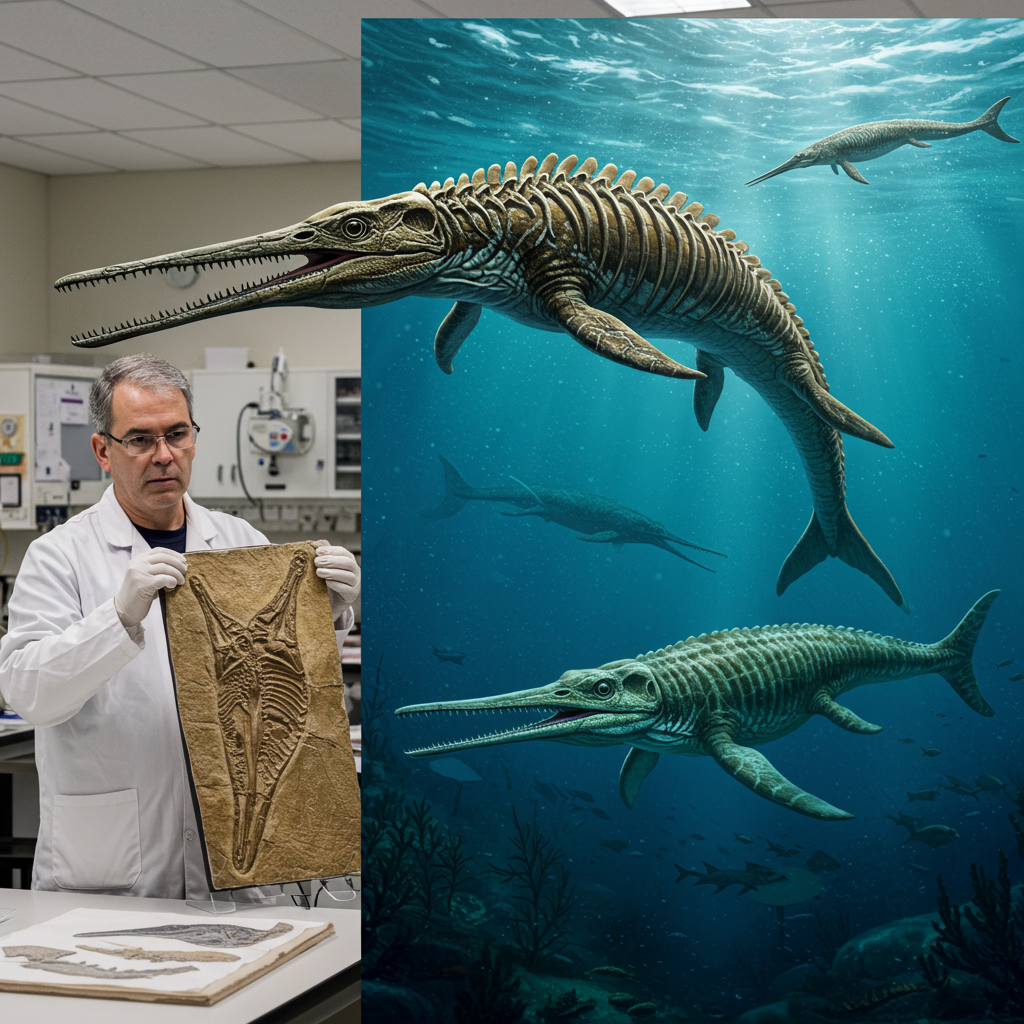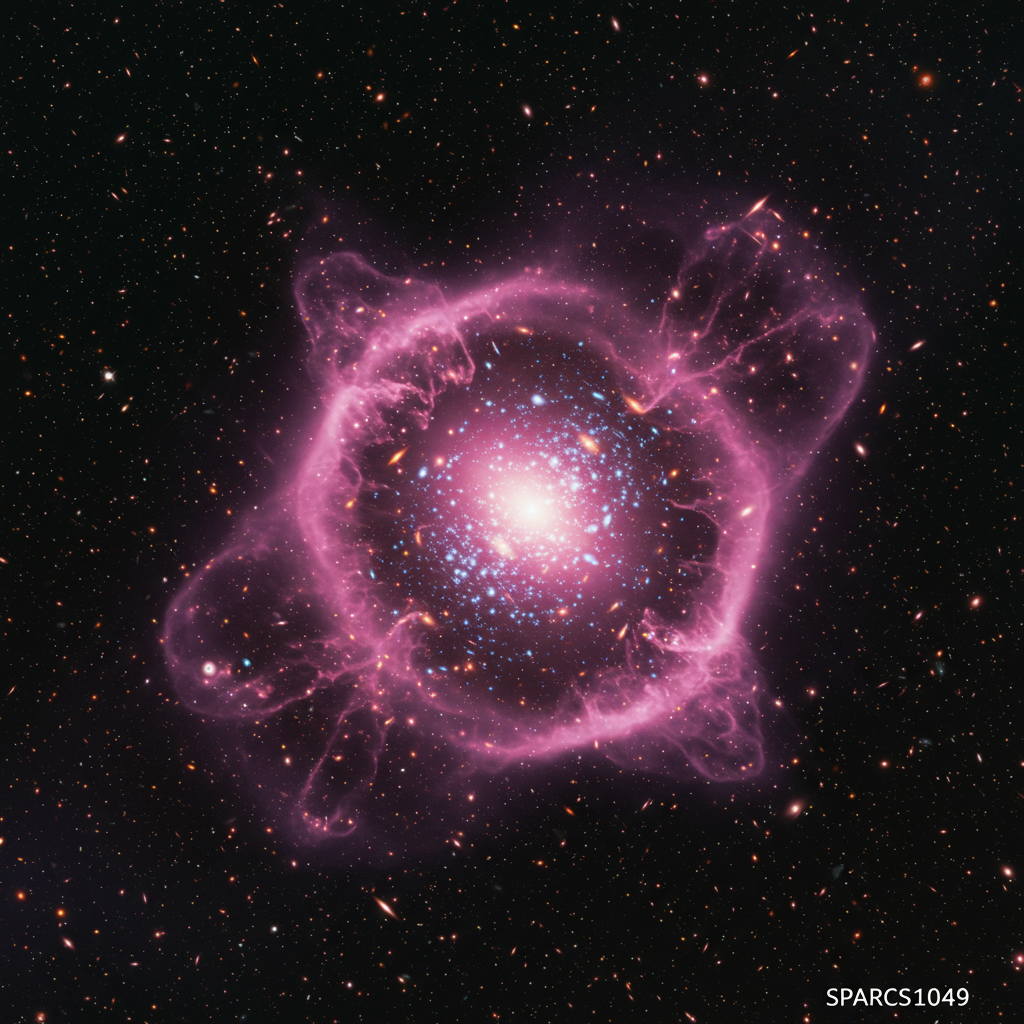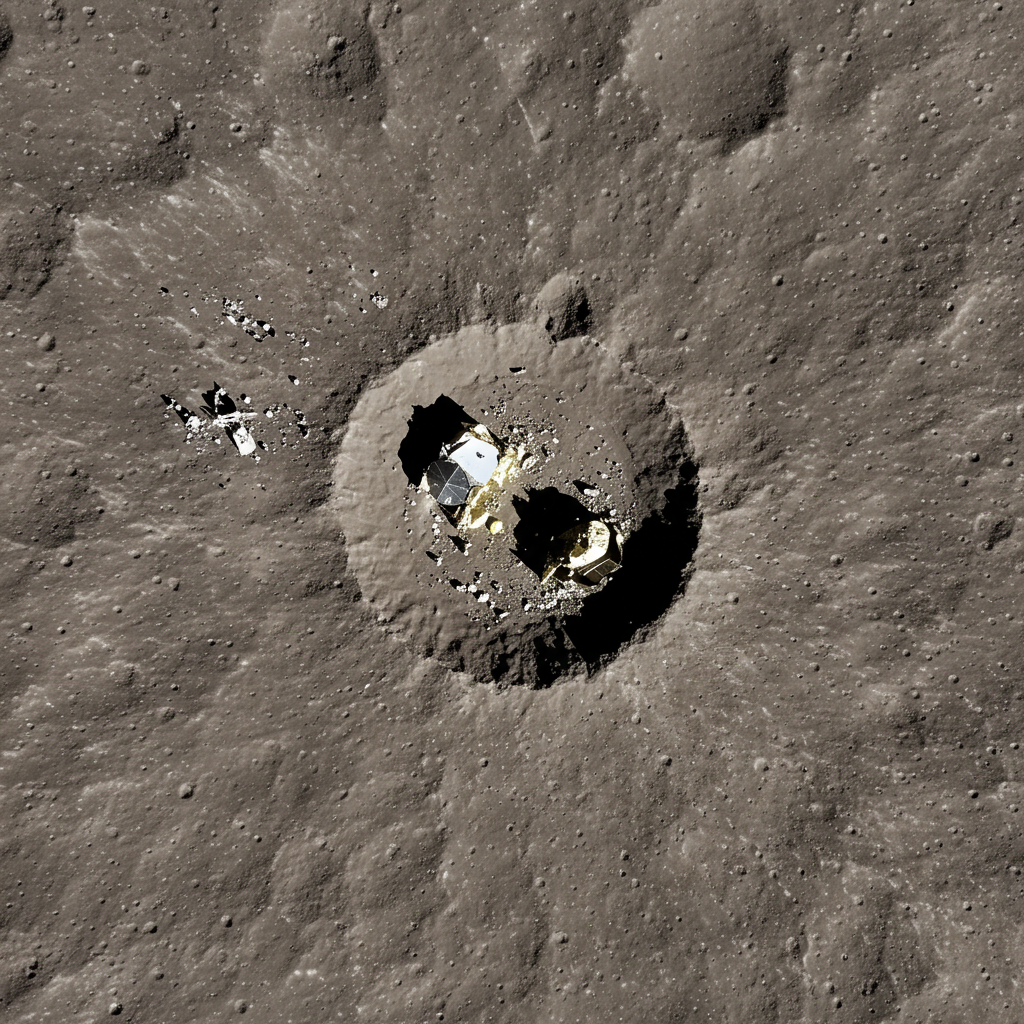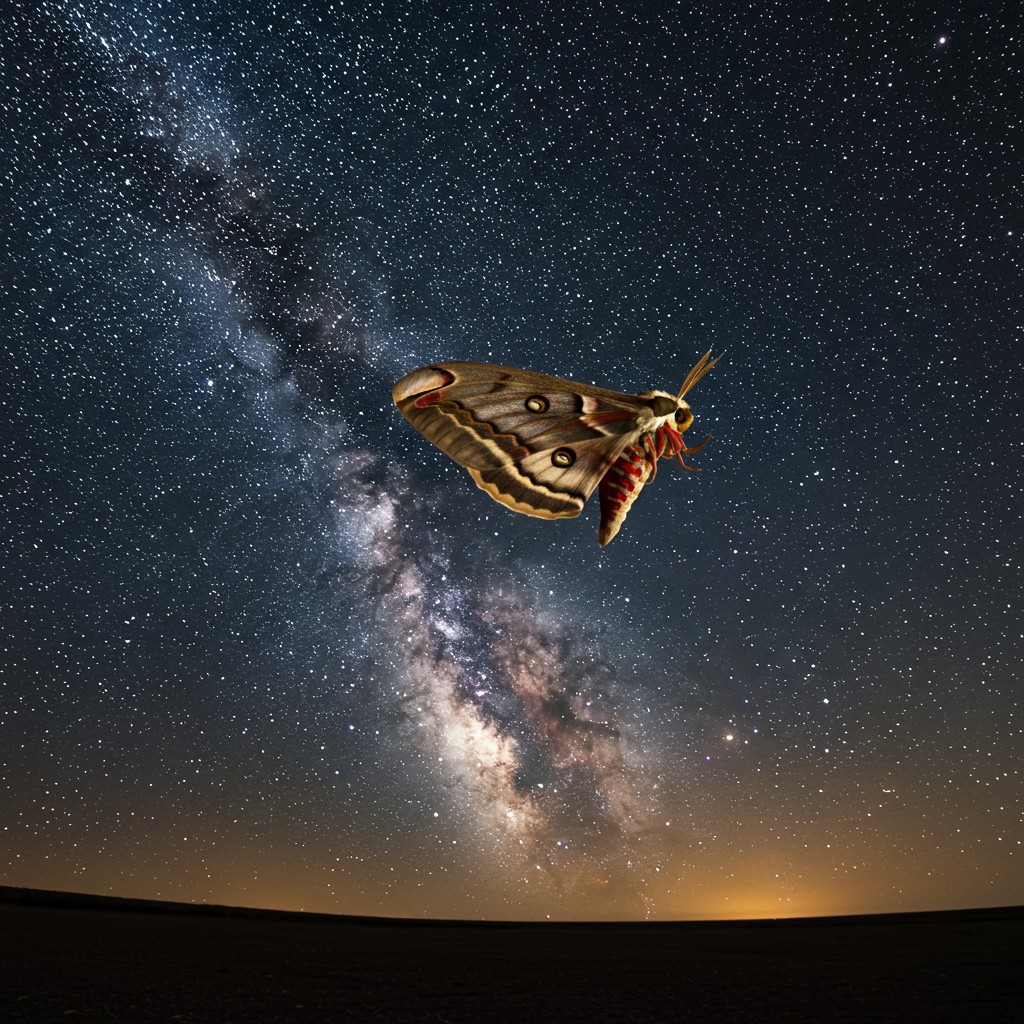The ancient oceans held a trove of magnificent predators, and a recent groundbreaking discovery in southern England has brought one of its most enigmatic inhabitants back into the light. Paleontologists have unveiled Xiphodracon goldencapsis, a unique “sword dragon” ichthyosaur from the Early Jurassic era, offering critical insights into a mysterious evolutionary period. This remarkable marine reptile, whose name translates to “sword dragon of Dorset,” represents a rare, almost perfectly preserved specimen that helps bridge a significant gap in our understanding of prehistoric life.
Discovered on the world-renowned Jurassic Coast, Xiphodracon goldencapsis provides a vital “missing piece of the puzzle” concerning ichthyosaur evolution. Its fossilized remains tell a compelling story, not just of its unique anatomy but also of a life filled with challenges, culminating in a dramatic end in the perilous ancient seas. This find underscores the unparalleled value of the UK’s paleontological heritage and the ongoing quest to decipher Earth’s deep history.
The Legendary “Sword Dragon” Emerges from the Jurassic Coast
The story of Xiphodracon goldencapsis began in 2001 when professional fossil collector Chris Moore unearthed the rare specimen. Moore made his find at Golden Cap of Charmouth, a distinctive cliff formation along England’s picturesque English Channel. This area, part of the designated “Jurassic Coast” World Heritage Site in Dorset, is globally celebrated for its abundant marine reptile fossils.
Following its initial discovery, the fossil set found a temporary home. It was put on display at the Royal Ontario Museum in Canada. However, its true scientific journey began much later. It wasn’t until the fall of 2024 that a dedicated team of researchers commenced an in-depth study of the specimen.
Deciphering an Ancient Predator’s Anatomy
The meticulous examination of the Xiphodracon goldencapsis fossil revealed several striking features. These characteristics immediately set it apart from other known ichthyosaurs of the Lower Jurassic period. Researchers, including lead author Dr. Dean Lomax from The University of Manchester, meticulously documented these unique anatomical traits.
A key distinguishing feature was the structure around its external nostrils. The “sword dragon” possessed unusual bone formations, including a distinctive prong-like bone, alongside a nasal opening that was notably round rather than oval. These specific details had never been observed in any other ichthyosaur species before.
The fossil also boasted a skull with an “enormous” eye socket. Its most iconic feature, however, was its long, slender, “sword-like snout,” which heavily influenced its evocative name. This ancient predator was estimated to be nearly 10 feet (approximately 3 meters) long, placing it in the size category of a modern dolphin.
What the “Sword Dragon” Ate: Clues from Ancient Teeth
Xiphodracon goldencapsis sported “very, very, very narrow teeth.” This specific dental structure provided a significant clue about its diet. Researchers deduced that such slender teeth were best suited for catching soft, small prey. Animals like squid-like cephalopods and small fish would have been ideal targets for this active marine predator.
Further evidence supporting this dietary theory came directly from the fossil itself. Analysis of the stomach mass within the specimen revealed remnants of fish-like and cephalopod pieces. This direct evidence provided irrefutable proof of its diet, painting a clearer picture of its role within the Early Jurassic marine food web.
A Critical Link in Ichthyosaur Evolution
The discovery of Xiphodracon goldencapsis holds profound significance for paleontology, particularly in understanding ichthyosaur evolution. Ichthyosaurs that lived during the Pliensbachian period, approximately 193 million to 184 million years ago, are “incredibly rare” finds. This makes the newly identified species an exceptionally valuable scientific asset.
This specimen stands out as “probably the world’s most complete prehistoric reptile from the Pliensbachian period.” Its completeness allows for an unprecedented level of detailed study. Professor Judy Massare, a Professor Emerita of Geology at SUNY Brockport and co-author of the paper, highlighted its importance in “filling a gap” in the fossil record.
Unlocking an Evolutionary Mystery
Paleontologists have long recognized a significant “faunal turnover” in ichthyosaur populations during the Early Jurassic. This refers to a complex period when several ichthyosaur families went extinct, and new ones emerged. Before and after the Pliensbachian, ichthyosaur species show very little overlap, indicating a major evolutionary shift. However, the precise timing and underlying causes of this upheaval remained elusive due to the scarcity of fossils from this specific epoch.
Xiphodracon goldencapsis provides a crucial piece of this evolutionary puzzle. Its unique characteristics and relation to later Early Jurassic species indicate that this significant shift in ichthyosaur evolution began much earlier than previously understood, specifically in the early Pliensbachian. While Xiphodracon helps pinpoint when this major change occurred, the exact reasons behind this widespread diversification and extinction event continue to be a subject of ongoing research.
A Perilous Existence: Life and Death in the Jurassic Seas
The Xiphodracon goldencapsis fossil not only offers insights into its species but also reveals a dramatic story about the individual animal’s life and violent demise. Researchers, including Dr. Erin Maxwell from the State Museum of Natural History Stuttgart, noted several features indicative of a challenging existence. Malformed limb bones and teeth suggest the ichthyosaur suffered from a serious injury or disease during its lifetime, highlighting the harsh realities of prehistoric survival.
The most striking revelation concerning its end comes from its skull. Observable marks strongly suggest that this “sword dragon” met a violent fate. It appears to have been bitten in the head by a much larger predator, likely another, more formidable species of ichthyosaur. This grim detail underscores the dangerous nature of life in the Mesozoic oceans, where powerful marine reptiles dominated the food chain. Some massive ichthyosaurs, like Shonisaurus, could grow to over 15 meters long, easily capable of overpowering a 3-meter Xiphodracon.
Ichthyosaurs: The Ancient “Sea Dragons”
Ichthyosaurs, often dubbed “sea dragons,” were highly adapted marine reptiles that spent their entire lives in the water. They were not dinosaurs, but a distinct group of aquatic predators that roamed the oceans from the Early Triassic to the Late Cretaceous periods. Their sleek, dolphin-like bodies made them incredibly efficient swimmers. While they swam similarly to modern dolphins, their powerful tails moved from side to side, propelling them through the water with great speed.
Ichthyosaur fossils have been discovered globally for over 200 years. Significant finds have occurred in England, southern Germany, British Columbia in Canada, and central Wyoming in the U.S. The UK’s Jurassic Coast, the site of the Xiphodracon discovery, is particularly rich. Thousands of ichthyosaur fossils have been unearthed along this stretch of coastline, with English specimens being among the most extensively collected and studied worldwide. Pioneers like Mary Anning in the early 19th century first brought these magnificent creatures to scientific attention.
The formal research identifying Xiphodracon goldencapsis was published in the journal Papers in Palaeontology. This significant publication marks another milestone in our ongoing quest to reconstruct the incredible biodiversity of Earth’s ancient past.
Frequently Asked Questions
What makes Xiphodracon goldencapsis a unique ichthyosaur species?
Xiphodracon goldencapsis is distinguished by several unique anatomical features, including unusual, prong-like bony structures around its external nostrils and a round nasal opening, unlike the oval shape seen in other ichthyosaurs. It also possessed an enormous eye socket and a distinctive long, sword-like snout. These features, combined with its “very, very, very narrow teeth,” set it apart and indicate its specialized role as a predator of small, soft-bodied prey like squid and fish during the Early Jurassic period.
Where was the Xiphodracon goldencapsis fossil discovered, and what is the significance of this location?
The Xiphodracon goldencapsis fossil was discovered in 2001 by Chris Moore at Golden Cap of Charmouth, located along the English Channel in Dorset, southern England. This site is part of the world-renowned “Jurassic Coast,” a UNESCO World Heritage Site. The Jurassic Coast is exceptionally significant for paleontology due to its continuous sequence of Triassic, Jurassic, and Cretaceous rock formations, yielding a vast abundance of exquisitely preserved marine fossils, including numerous ichthyosaurs, providing an unparalleled record of prehistoric life.
How does the discovery of Xiphodracon goldencapsis contribute to understanding ichthyosaur evolution?
Xiphodracon goldencapsis is exceptionally rare, being one of the most complete prehistoric reptile fossils from the Pliensbachian period (193-184 million years ago). This period marks a critical “faunal turnover” in ichthyosaur evolution, where many species went extinct and new ones emerged, creating a gap in the fossil record. The unique characteristics of Xiphodracon suggest it is more closely related to later Early Jurassic species, helping pinpoint that this major evolutionary shift occurred earlier than previously understood. It serves as a vital “missing piece of the puzzle” for understanding ichthyosaur diversification.
Conclusion
The discovery and detailed study of Xiphodracon goldencapsis represent a monumental achievement in paleontology. This “sword dragon” from the Jurassic Coast not only enriches our understanding of the specific adaptations of an ancient marine predator but also offers a crucial timestamp for a significant evolutionary event. Its almost perfectly preserved remains provide a rare glimpse into the complex marine ecosystems of 190 million years ago, a time when life in the oceans was dynamic, dangerous, and constantly evolving. As researchers continue to analyze such precious finds, each fossil brings us closer to unraveling the intricate tapestry of Earth’s deep past, inspiring further exploration and discovery.




